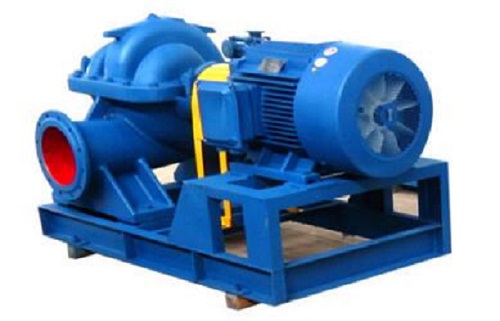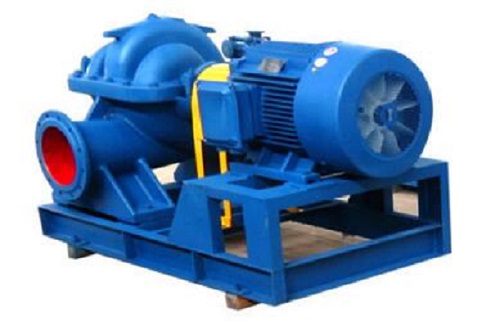
In general, end sealing horizontal centrifugal pump shaft sleeve outriggers, cover compared with leakage between the pump body is easy to find and solve, but need careful observation, especially when working medium or high pressure liquefied gas, toxic and harmful gases, relatively difficult. The rest of the leak is intuitively Nanbian and don't judge, should be based on long-term management, maintenance practice, observation, analysis and Research on the leakage symptoms, to draw the right conclusions.
Cause analysis and judgment of leakage of centrifugal pump:
1.Installation of static test leakage. Centrifugal pump mechanical seal installation and commissioning, the general need to carry out static test, observation of leakage. If the leakage is small, there are many problems in the moving ring or the static ring sealing ring, when the leakage is large, it shows that there is a problem between the dynamic and static ring friction pairs. In the preliminary observation of leakage, the leakage judgment based on the part of, and then manually turning observation, if leakage without significant changes in the static and dynamic seal ring problems; such as the disk when there are significant changes in leakage can be concluded that the dynamic, static friction ring problems; such as leakage along the axial direction is injection. Dynamic ring seal ring problems are medium to leak around the jet or water leaked from the cooling hole, mostly static seal ring failure. In addition, the leak channel can also exist, but there are generally primary and secondary distinction, as long as the observation and detailed, familiar with the structure, will be able to correctly judge.
2.The leakage occurred during the test run. Centrifugal pump with mechanical seal after static test, the operation of the centrifugal force generated by high-speed rotation, will inhibit the leakage of media. Therefore, the mechanical seal leakage in the test run after the removal of the shaft and the end cover seal failure, basically due to the dynamic, static ring friction caused by damage.



